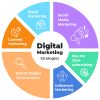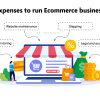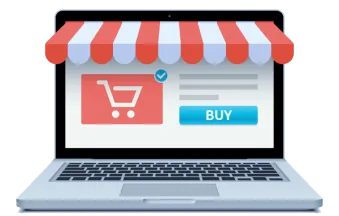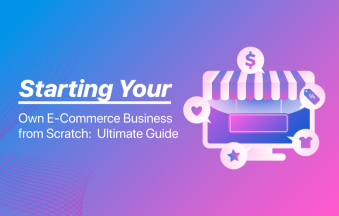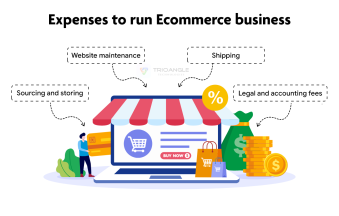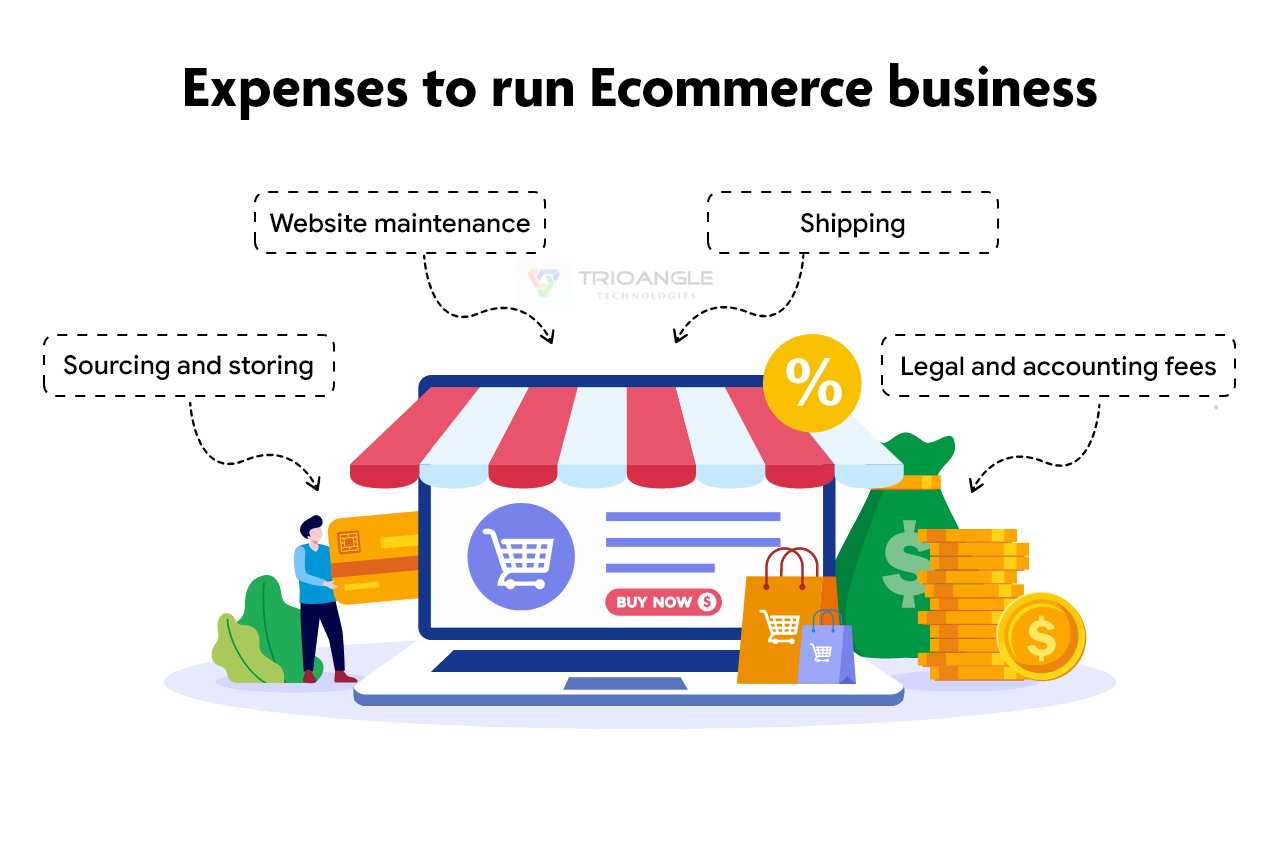
How Much Minimum Investment Can We Start an E-Commerce Business With?
Starting an e-commerce business has become more accessible than ever before. The growth of digital platforms, the rise of social media marketing, and easy access to online tools have made it possible for anyone with an idea to start selling products online. But how much do you need to invest in order to kickstart your e-commerce journey? Let’s break down the costs involved and determine the minimum investment required to get started.
1. Choosing the Right Business Model
Before determining the investment required, it’s important to understand the type of e-commerce model you plan to adopt. Each model comes with different costs and requirements:
- Business-to-Consumer (B2C): This is the most common e-commerce model, where you sell products directly to consumers.
- Business-to-Business (B2B): In this model, businesses sell products or services to other businesses.
- Dropshipping: With dropshipping, you don’t carry inventory; instead, you partner with suppliers who ship the products directly to customers.
- Subscription-based: Customers pay a recurring fee for regular delivery of products or services.
The model you choose will have a direct impact on your initial investment.
2. Domain Name and Hosting Fees
One of the very first steps in setting up an online store is securing a domain name (the web address of your site) and a hosting plan (which stores your website files). Here are some basic costs involved:
- Domain Name: A domain name typically costs between $10 to $50 annually, depending on the domain registrar and the popularity of the name.
- Hosting: Shared hosting plans can range from $3 to $10 per month, while more premium hosting plans or cloud hosting services could cost you between $20 to $100+ per month.
For a basic e-commerce site, expect to spend around $100 to $500 per year for domain and hosting services.
3. Website Platform and Design
To build your online store, you’ll need an e-commerce platform. There are various options available, ranging from DIY platforms to custom-built websites. Your choices will affect the cost:
- DIY Platforms: Platforms like Shopify, WooCommerce (for WordPress), or BigCommerce offer easy-to-use templates for setting up your store. These typically charge a monthly fee ranging from $30 to $300, depending on the plan and the features you need.
- Custom-Built Website: If you prefer a unique design, you may need to hire a web developer and designer, which can cost anywhere from $2,000 to $10,000 or more depending on complexity and customization.
For beginners, DIY platforms like Shopify or WooCommerce are ideal, with costs around $300 to $1,500 for setup.
4. Product Inventory and Suppliers
One of the most significant costs will come from stocking your inventory (unless you choose dropshipping). The investment in inventory depends on the type of products you sell and the number of products you start with.
- Dropshipping: This model is ideal for those with a low budget, as you don’t need to purchase products upfront. You simply list products from suppliers and only pay for them when you make a sale.
- Traditional E-Commerce: If you’re stocking products yourself, you’ll need to buy in bulk. The cost of initial inventory can vary greatly, but many small businesses start with an investment of around $500 to $5,000 depending on the product type and quantities.
If you plan to sell low-cost, high-margin products like accessories or small electronics, you can get started with a modest inventory investment.
5. Marketing and Advertising Costs
Marketing is an essential part of running an e-commerce business. Without proper marketing, even the best products can go unnoticed. You’ll need to budget for:
- Paid Advertising (PPC): Platforms like Google Ads or Facebook Ads are commonly used for e-commerce businesses. A beginner can start with $5 to $20 per day, meaning a monthly budget of around $150 to $600.
- Social Media Marketing: Organic social media efforts might require little to no money, but paid promotions for platforms like Instagram or Facebook could cost anywhere from $50 to $500+ per month depending on your target audience and campaign goals.
- Email Marketing Tools: Platforms like Mailchimp or Klaviyo offer free tiers, but you may need to pay for premium plans that range from $10 to $50 per month as your list grows.
A minimum investment in marketing would be around $300 to $1,000 for the first few months.
6. Additional Costs
Other costs to consider for running an e-commerce business include:
- Payment Processing Fees: When you process payments through online methods like credit cards, PayPal, or Stripe, expect to pay transaction fees, usually around 2% to 5% per sale.
- Shipping and Packaging: If you’re handling shipping yourself, you’ll need to account for shipping fees, packaging materials, and possibly hiring a fulfillment service. This cost can vary depending on your product size and shipping destinations.
- Legal Fees: If you need to register your business, acquire any necessary licenses, or seek legal advice, expect to spend anywhere from $100 to $1,000 on legal costs.
7. Total Minimum Investment to Start E-Commerce
Considering all the factors above, here’s a breakdown of the minimum investment required to start an e-commerce business:
- Domain & Hosting: $100 to $500 per year
- E-commerce Platform: $300 to $1,500 (initial setup)
- Inventory (if not dropshipping): $500 to $5,000
- Marketing & Advertising: $300 to $1,000 for the first few months
- Miscellaneous Costs (legal, shipping, etc.): $200 to $1,000+
So, if you’re just starting and planning to use a dropshipping model, your minimum investment could be as low as $500 to $1,500. For those planning to buy inventory upfront, the cost could range from $1,500 to $10,000+ depending on the scale.
Conclusion
The amount of investment needed to start an e-commerce business varies greatly depending on your business model, the complexity of your website, the type of products you’re selling, and how aggressively you plan to market your business. However, it is possible to start an e-commerce store with a minimal investment, especially with dropshipping models or by starting small and scaling over time. With careful planning, smart budgeting, and effective marketing, you can start your e-commerce business without breaking the bank.


